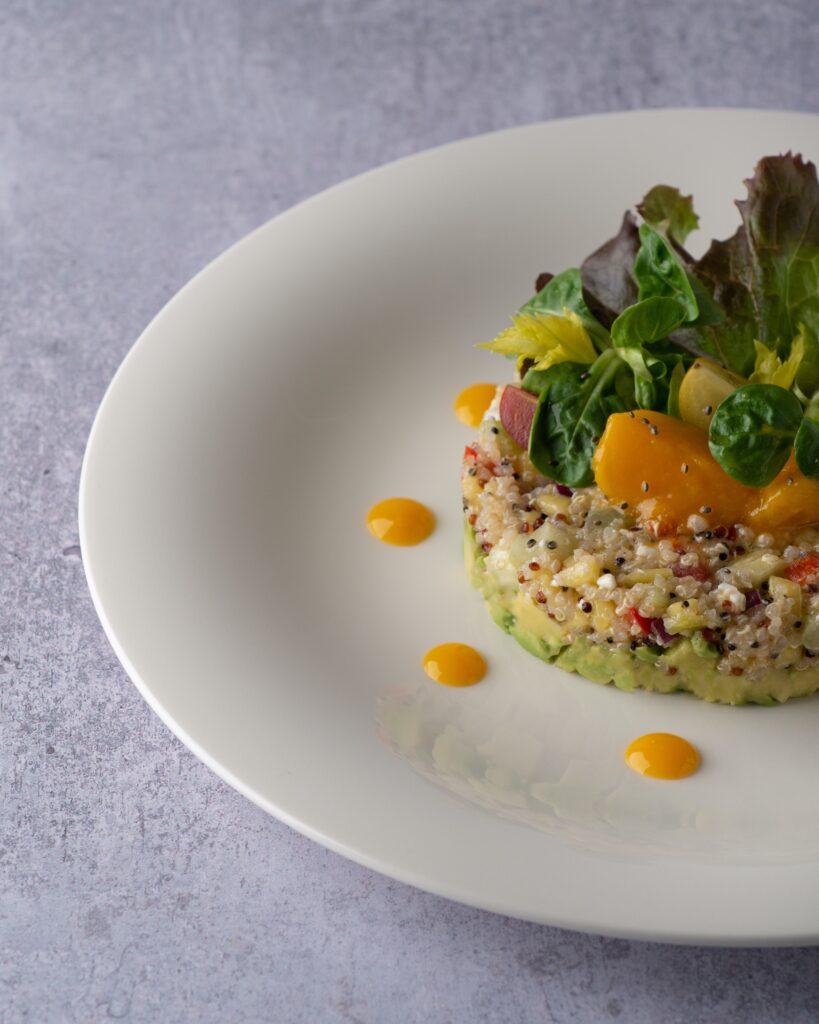This staple food has an interesting story behind it, or at least an old one. You know, Rome wasn’t built in just one day. Pearl couscous, Israeli couscous or ptitim, as they call it, have both. Even though seventy years may not seem long in history, it’s a long time to keep the number one position.
This ingredient was not given by nature, that is, not completely. Why is that? Because Israeli couscous was specifically created seven decades ago to feed the population in the country at a time of hunger and a lack of resources. It was created in the early 50s, following the Prime Minister’s request, who thought it was essential to find a replacement for rice, which, as you know, is cheap and really filling, as well as versatile. The result was Pearl couscous, a toasted pasta made of wheat flour.
This was a creative as well as a successful creation, it became widely popular and it was ‒and still is‒ used to go with vegetables, with stew and even as a side dish, for accompanying any kind of meat.
However, its most common use is in salads and we’ll go back to that later in this article when we detail some pearl couscous recipes.
Couscous at the coast
Now, after this huge success in Israel, Pearl couscous became the star ingredient in the country, but it also spread throughout Europe, especially across the Mediterranean coast as varieties of couscous have developed among the African countries located by the sea between those continents. Being so close, it’s no surprise these countries have always shared ingredients and dishes even if there are small differences in the making.
This is also the reason why it is so commonly found in salads and recipes including fresh vegetables and oils. Moreover, couscous is sometimes compared to orzo which is also a tiny pasta, but with a different shape.
Ptitim in action
Pearl couscous is different to other types of couscous as it is toasted before cooking and prior to including it to a bigger recipe, but it is as versatile and moreish. As said before, pearl couscous goes great with salads and, to honour the history and the influence it had on Mediterranean cuisine, here’s a two-part recipe for you to try out. In the first part, you’ll see how to cook Pearl couscous alone and, in the second, you’ll see how to integrate it into a classic Mediterranean salad.
Ingredients:
- 2 cups of chicken stock.
- Cardamom.
- Cinnamon.
- Saffron.
- 1 tbsp. of olive oil.
- 1 sliced onion.
- 1½ cup of Israeli couscous.
- Salt.
- Black pepper.
- Pine nuts.
- Currants.
Preparation:
- If you made chicken stock beforehand, heat it up on a medium heat. Season it with some cinnamon, salt and cardamom. Add some saffron to the mix.
- Pour some olive oil in a large-sized pan for sautéing one previously peeled and sliced onion. Cook until it’s translucent and pour a cup and a half of Israeli couscous. Give it a good stir so the couscous gets soaked in the oil. Cook until it is browned and toasted.
- Once ready, add two cups of chicken stock and a touch of salt and black pepper. Give everything a mix and cook on a low or medium heat four about ten minutes, until the couscous is al dente. Cover the pan with the lid.
- Cook until the liquid is fully absorbed and make sure the couscous is tender enough.
- Take the pan of the heat, and, with the help of a fork, gently move the couscous around.
- Cover the pan and let it rest for an extra five minutes.
- Now add the pine nuts, you can also add some currants.
Salad
Ingredients:
- Chickpeas.
- Shallots.
- Cherry tomatoes.
- Parsley leaves.
- Feta cheese.
- Oregano.
- Salt.
- Pepper.
Preparation:
- In a big bowl, chop and mix all the ingredients together and add the pearl couscous. Stir and combine all the ingredients.
- Season with salt, pepper and oregano to taste. Pour some olive oil all over the salad and mix to get the ingredients soaked in it.
In this case, we do not include the quantities, you should make as much as you want or need for your meal.
Remember that, as a salad, it won’t last longer than 24 hours in your fridge. However, cooked pearl couscous can be contained and stored for up to five days.




2 comments
My husband’s Grandma makes a delicious one. I like the nutty flavor and ability to absorb the flavors of accompanying ingredients. I like it in salads, soups, or as a side dish.